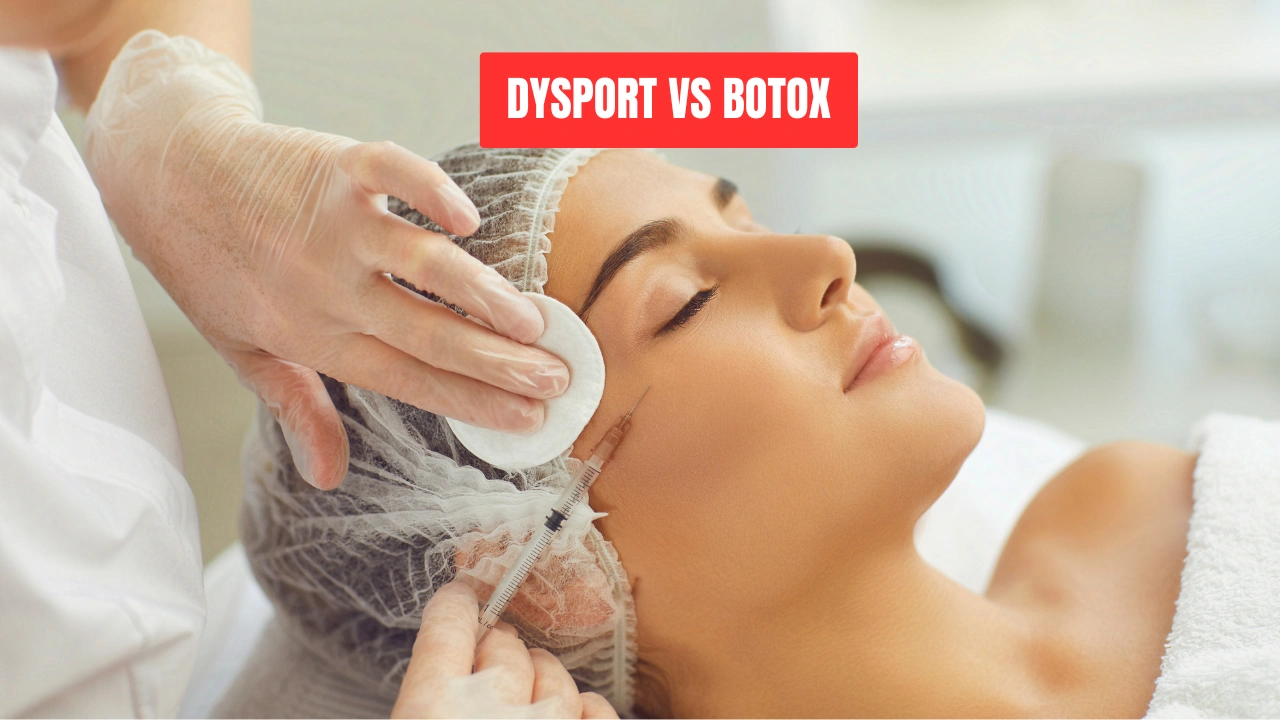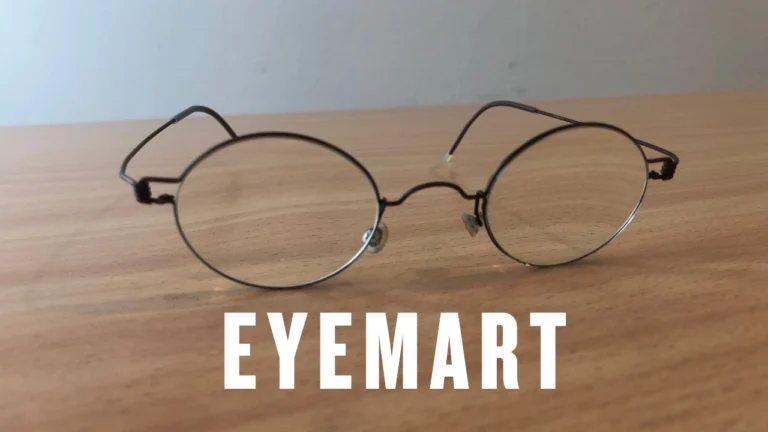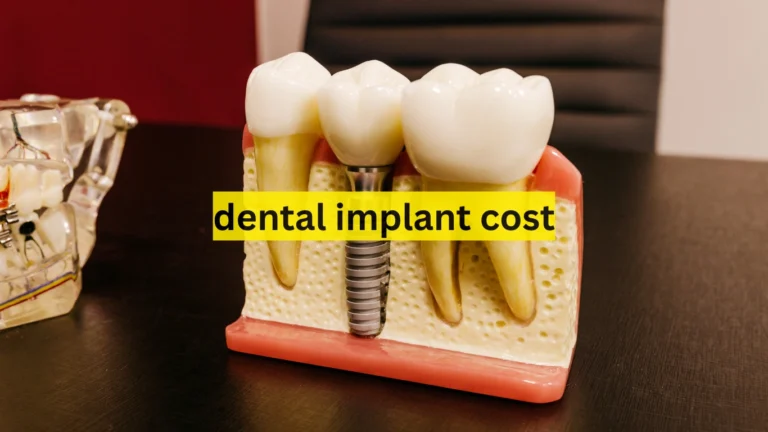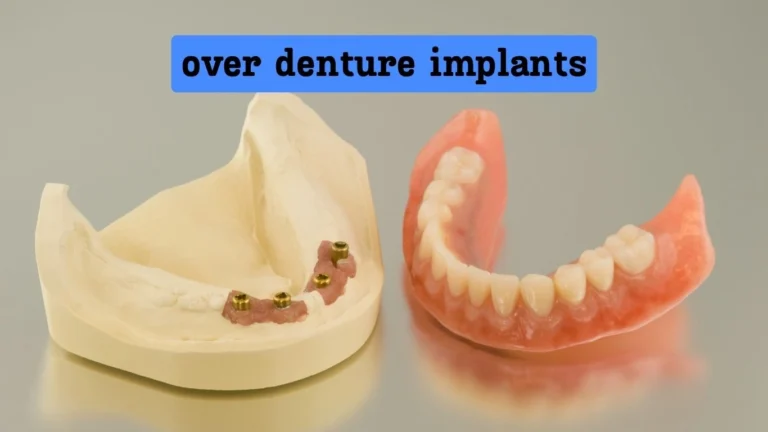Dysport vs Botox: Which Injectable Works Best for You?
Non-surgical cosmetic treatments are becoming increasingly popular, with Dysport vs Botox being two of the most well-known options. These injectables help reduce fine lines and wrinkles by relaxing facial muscles. While they may seem similar, there are key differences that can affect your choice. Understanding how they work, their benefits, and their differences will help you make an informed decision.
What Are Dysport and Botox?
Both Dysport and Botox are neuromodulators derived from botulinum toxin type A. They work by blocking nerve signals to targeted muscles, preventing them from contracting. This relaxation smooths wrinkles and fine lines, making the skin appear youthful. While both treatments are FDA-approved and widely used, their formulation and effectiveness vary.
How Do They Work?
The primary function of Dysport vs Botox is to reduce muscle movement in areas prone to wrinkles. These include frown lines, forehead lines, and crow’s feet around the eyes. The toxin temporarily paralyzes the muscles, preventing deep lines from forming. Over time, the effects fade, and the muscles regain movement, requiring maintenance treatments.
Key Differences Between Dysport and Botox
Although Dysport and Botox serve the same purpose, they differ in molecular composition, diffusion, and effectiveness.
| Feature | Dysport | Botox |
|---|---|---|
| Onset Time | 2-3 days | 4-7 days |
| Duration | 3-4 months | 3-4 months |
| Spread | More diffuse | More localized |
| Best For | Larger areas like forehead | Small areas like crow’s feet |
| Cost per Unit | Cheaper per unit but requires more | More expensive but fewer units needed |
Dysport vs Botox has a smaller molecular structure, allowing it to spread more easily. This makes it ideal for treating larger areas like the forehead. Botox, on the other hand, remains more localized, making it better for precise applications like crow’s feet.
Dysport vs Botox: Which One is Better for Preventative Aging?
Both Dysport and Botox help prevent fine lines and wrinkles by relaxing facial muscles before deep creases form. Botox provides more precise control, making it ideal for small areas like crow’s feet, while Dysport spreads faster, covering larger areas like the forehead. Dysport’s quicker onset may appeal to younger individuals looking for immediate results. Botox, however, may last slightly longer, reducing the need for frequent touch-ups. Preventative use of either treatment in the mid-to-late 20s can help delay visible aging signs. Consulting an expert ensures the best choice based on facial structure and long-term goals.
Dysport vs Botox for Migraine Treatment: Which One Works Better?

Both Dysport and Botox are FDA-approved for treating chronic migraines, but Botox is more commonly prescribed. Botox blocks pain signals by relaxing muscles around the head and neck, reducing migraine frequency. Dysport works similarly but diffuses more, which may impact precise targeting of pain-triggering muscles. Studies suggest Botox provides longer-lasting relief with fewer treatments compared to Dysport. However, Dysport may work faster for some individuals due to its quicker onset. Consulting a specialist is key to choosing the right option based on migraine patterns and response to treatment.
Dysport vs Botox: What Works Best for Male Facial Structure?
Men have thicker skin and stronger facial muscles, requiring higher doses of Botox or Dysport for effective results. Botox provides precise control, making it ideal for smaller areas like crow’s feet and frown lines. Dysport spreads more easily, making it a great choice for broader areas like the forehead.
Men often prefer a natural look, avoiding the overdone “frozen” appearance. The right choice depends on individual goals, whether for wrinkle prevention, jawline slimming, or softening expression lines. Consulting an experienced injector ensures a balanced, masculine, and youthful result.
Sweating (Hyperhidrosis): Which One Lasts Longer?
Both Dysport and Botox effectively treat hyperhidrosis, a condition causing excessive sweating. They work by blocking nerve signals that activate sweat glands, reducing moisture in areas like the underarms, palms, and feet. Botox is FDA-approved for hyperhidrosis and is more commonly used due to its precise targeting.
Dysport vs Botox spreads more easily, which may be beneficial for larger areas, but Botox tends to last longer—typically 6 to 9 months. Dysport may require more frequent touch-ups, as its effects tend to fade around 4 to 6 months. Choosing the best option depends on sweat severity, treatment area, and individual response.
Effectiveness and Results
The choice between Dysport vs Botox depends on how quickly you want results and how long you expect them to last. Dysport starts working in 2-3 days, while Botox takes around a week. Both treatments last approximately three to four months, but this can vary based on metabolism, lifestyle, and muscle activity.
Cost Comparison
One of the most important factors when choosing between Dysport and Botox is cost. Dysport costs between $4 to $8 per unit, while Botox costs around $10 to $25 per unit. However, Dysport requires more units than Botox, which can make the overall price comparable. Your treatment cost depends on the area treated, the provider’s experience, and your location.
Which One Is Right for You?
Choosing between Dysport and Botox depends on your specific needs. If you need treatment for a larger area, Dysport may be the better choice due to its ability to spread. If you need precise muscle targeting, Botox is the preferred option. Consulting a professional can help determine the best solution based on your skin type and aesthetic goals.
Safety and Side Effects
Both Dysport and Botox are FDA-approved and considered safe when administered by a professional. However, side effects can occur, including swelling, bruising, and mild discomfort at the injection site. In rare cases, patients may experience drooping eyelids or headaches. Discussing your medical history with your doctor before treatment is essential to minimize risks.
The Dangers of At-Home Injectables
DIY Dysport and Botox injections may seem like a cost-effective option, but they come with serious risks. Improper injections can lead to asymmetry, drooping eyelids, or even nerve damage. Unregulated products purchased online may be counterfeit, expired, or contaminated, posing severe health dangers.
Without proper training, injecting too deep or in the wrong muscles can cause unwanted side effects. Licensed professionals understand proper dosage, placement, and safety measures to ensure the best results. At-home injectables can lead to permanent damage, infections, and unpredictable facial expressions, making professional treatment the safest choice.
Conclusion
Both Dysport and Botox offer effective solutions for reducing wrinkles and achieving a youthful appearance. Understanding their differences in diffusion, onset time, and cost can help you make the best choice. If you are still unsure, consulting a professional injector will ensure the right treatment for your unique needs.
Would you choose Dysport vs Botox for your aesthetic goals? Let us know your thoughts!







